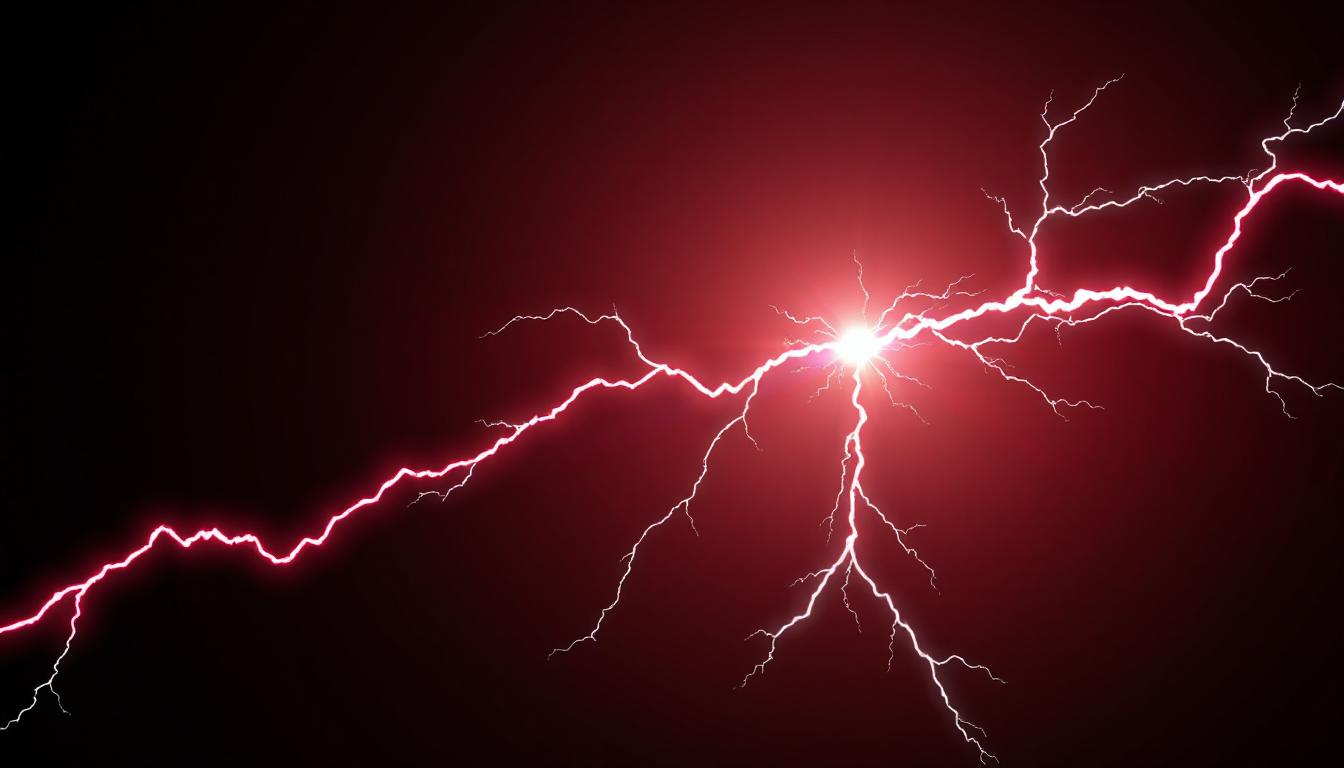Electric eels (Electrophorus spp.) are one of nature’s most electrifying marvels, capable of generating up to 860 volts of electricity—enough to stun a horse! But how do these aquatic creatures produce such immense power, and why don’t they electrocute themselves? In this deep dive, we’ll explore the biology, mechanics, and evolutionary genius behind their shocking abilities, backed by cutting-edge research.
The Anatomy of an Electric Eel’s Power Grid
Electric eels possess three specialized electric organs that make up 80% of their body:
- Main Organ: Generates high-voltage shocks (up to 860 V).
- Hunter’s Organ: Assists in high-voltage discharges.
- Sachs’ Organ: Produces low-voltage pulses for navigation and communication.
These organs are composed of electrocytes—disc-shaped cells that function like biological batteries. Each electrocyte holds a charge of ~100 millivolts, but when synchronized, thousands activate simultaneously, creating a massive cumulative voltage.

The Electrifying Process: From Ions to Volts
Electricity generation hinges on ion exchange. Electrocytes pump sodium (Na⁺) and potassium (K⁺) ions across their membranes, creating a charge imbalance. When triggered by the nervous system, ion channels open, allowing ions to flood back and discharge electricity.
This process is near-instantaneous:
- A command nucleus in the brain signals the electric organs.
- Neurotransmitters like acetylcholine activate electrocytes.
- A domino effect triggers synchronized firing, producing a 2-millisecond pulse.
How Electric Eels Avoid Self-Zapping
A common question: Why don’t electric eels shock themselves? Two key factors protect them:
- Short Pulse Duration: Shocks last 2 milliseconds, too brief to cause harm.
- Resistance and Dissipation: Their vital organs are insulated near the head, while most current flows outward into the water.
For prey, however, the effects are devastating. Smaller animals receive a concentrated jolt proportional to their size, inducing muscle paralysis or death.
Beyond Defense: Multifunctional Uses of Electric Shocks
Electricity isn’t just a weapon—it’s a survival toolkit:
- Hunting: Eels emit rapid pulses (400/sec) to freeze prey muscles, mimicking a “TASER effect”.
- Electrolocation: Low-voltage pulses map surroundings, crucial in murky waters.
- Communication: Males and females exchange pulses during breeding.
Recent studies even reveal eels leap from water to shock threats, a behavior first documented by Alexander von Humboldt in 1800!.
Debunking Myths: Electric Eels vs. True Eels
Despite their name, electric eels are not true eels. They belong to the knifefish family (Gymnotiformes) and are closer to catfish. Key differences include:
- No Dorsal Fin: They swim using a ribbon-like anal fin.
- Air-Breathing: They surface every 2–3 minutes to breathe.
- Scaleless Skin: Their mucous-coated skin aids oxygen absorption.
Recent Discoveries That Will Shock You
- Genetic Electroporation (2023): Electric eels can transfer environmental DNA to nearby animals via discharges, a natural form of genetic modification.
- Three Species, Not One: Until 2019, scientists recognized only E. electricus. Now, E. voltai (860 V) and E. varii are classified.
- Pack Hunting: E. voltai coordinates group attacks to herd fish.
Could Electric Eels Power Our Future?
While harnessing eel electricity remains impractical (pulses are too brief), researchers like Prof. Sean Sun have explored bio-inspired batteries using artificial electrocytes. Challenges include sustaining energy output and scaling production, but the potential for green tech is electrifying!
Conclusion: Nature’s Mastery of Bioelectricity
Electric eels exemplify evolution’s ingenuity, blending biology and physics into a survival superpower. From stunning prey to inspiring renewable energy solutions, their “shocking” abilities continue to captivate scientists and enthusiasts alike.
FAQ: Your Burning Questions About Electric Eels, Answered
Here are answers to the most searched questions about electric eels, combining scientific rigor and crowd-sourced curiosity (including insights from Reddit threads!):
Can an Electric Eel Kill a Human?
While rare, it’s theoretically possible. A full-force shock (860 V) can disrupt heart rhythm or cause drowning, but fatalities are nearly unheard of. Electric eels avoid humans, and their shocks lack sustained current (amperage) to reliably kill large mammals. However, multiple shocks or pre-existing heart conditions could escalate risks.
“How Are Electric Eels Electric?” – The Reddit Breakdown
Reddit’s science communities highlight three key points:
Electrocyte Cells: Thousands stack like batteries to amplify voltage.
Ion-Driven Charge: Sodium and potassium ions create polarity, discharged via nervous signals.
Multipurpose Shocks: Used for hunting, navigation (electrolocation), and communication.
Fun fact: Redditors often debate if eels “recharge” like phones (spoiler: they don’t—more below!).
What’s the Maximum Electric Eel Voltage?
The record holder is Electrophorus voltai, delivering 860 volts—the strongest bioelectricity ever measured. Smaller eels produce 100–150 V, enough to stun fish or deter predators.
Can an Electric Eel Kill a Crocodile?
Yes, but it’s situational. In 2016, researchers documented eels stunning caimans (Amazon crocodilians) with high-voltage volleys. The croc’s muscles lock up, causing drowning. However, large crocs might survive due to body mass and rapid recovery
How Do Electric Eels Recharge?
They don’t “recharge” like devices! After discharging, electrocytes reset by pumping ions back across membranes—a process requiring energy from food and oxygen. This is why eels rest between shocks.
Are Electric Eels Dangerous to Humans?
Mostly no, unless provoked. While their shocks hurt, eels avoid conflict. However, stepping on one in murky water or handling them risks a defensive jolt. Notably, shocks in air (e.g., if an eel leaps) are weaker than underwater.
Are Electric Eels Actually Electric?
Yes! They generate electricity biologically, unlike “electric” fish that merely sense fields (e.g., sharks). Their shocks are measurable with voltmeters and can power small devices in experiments—though not sustainably.
Where Do Electric Eels Live?
They inhabit freshwater in South America’s Amazon and Orinoco basins, favoring slow-moving rivers, swamps, and floodplains. Key countries include Brazil, Venezuela, and Guyana.

Final Spark⚡
Electric eels blend mystery and science, inspiring both awe and viral Reddit threads. While they won’t power your phone anytime soon, their evolutionary genius reminds us how much there’s left to discover beneath the water’s surface.




